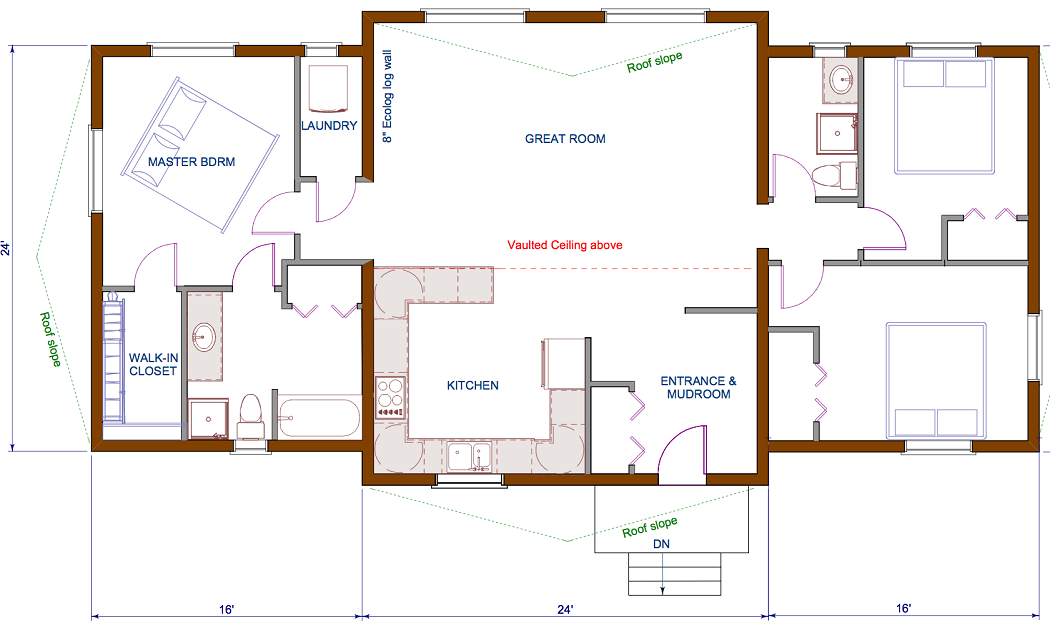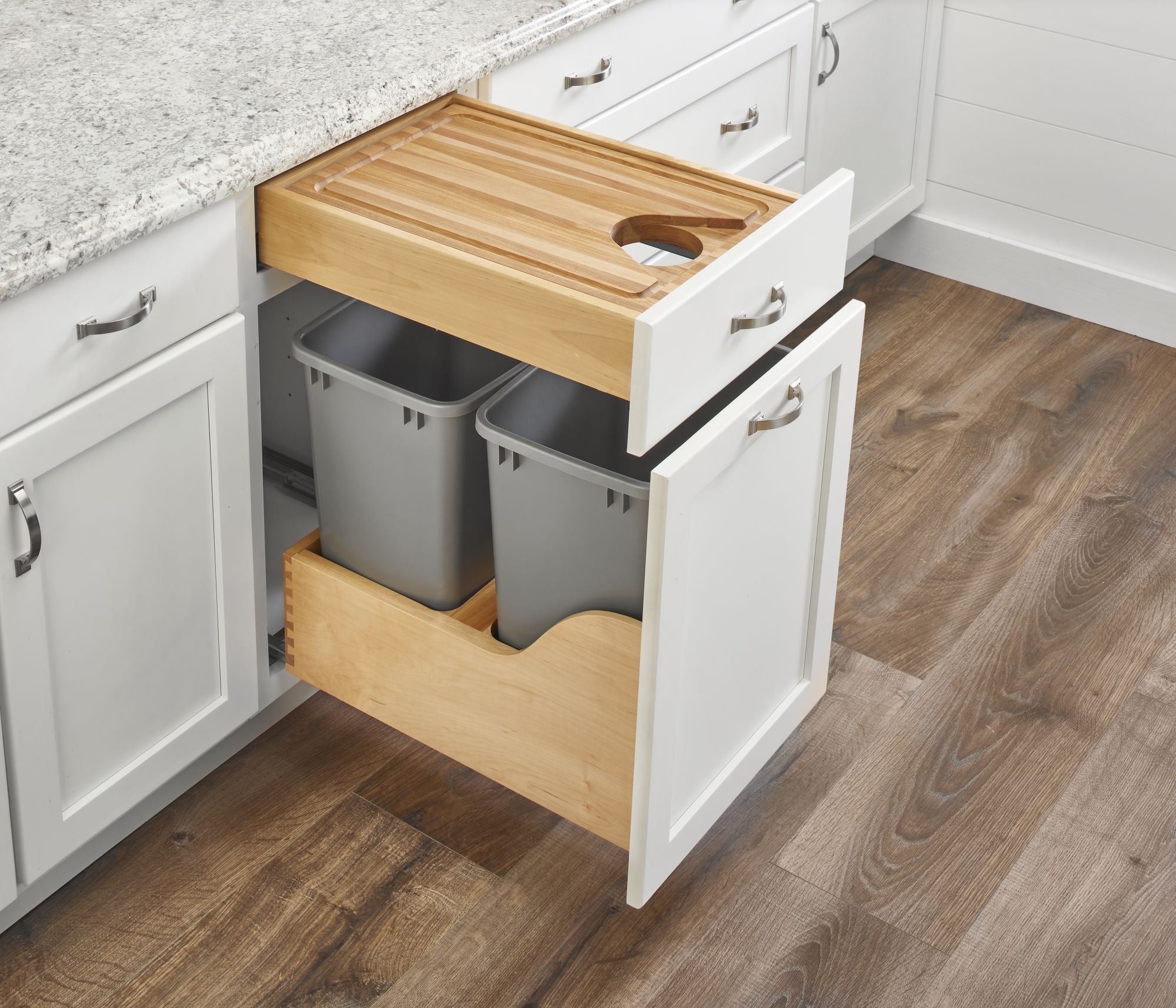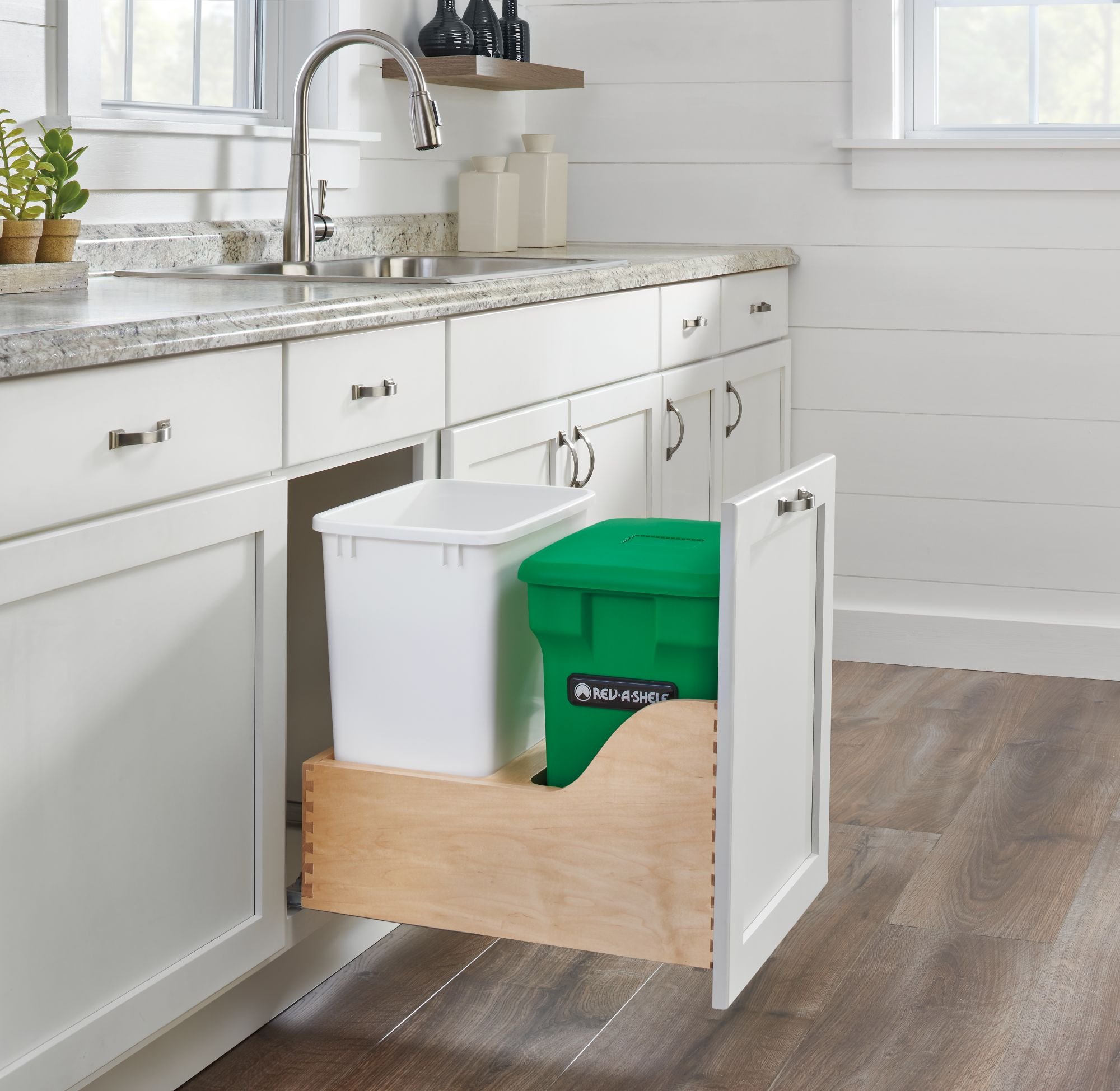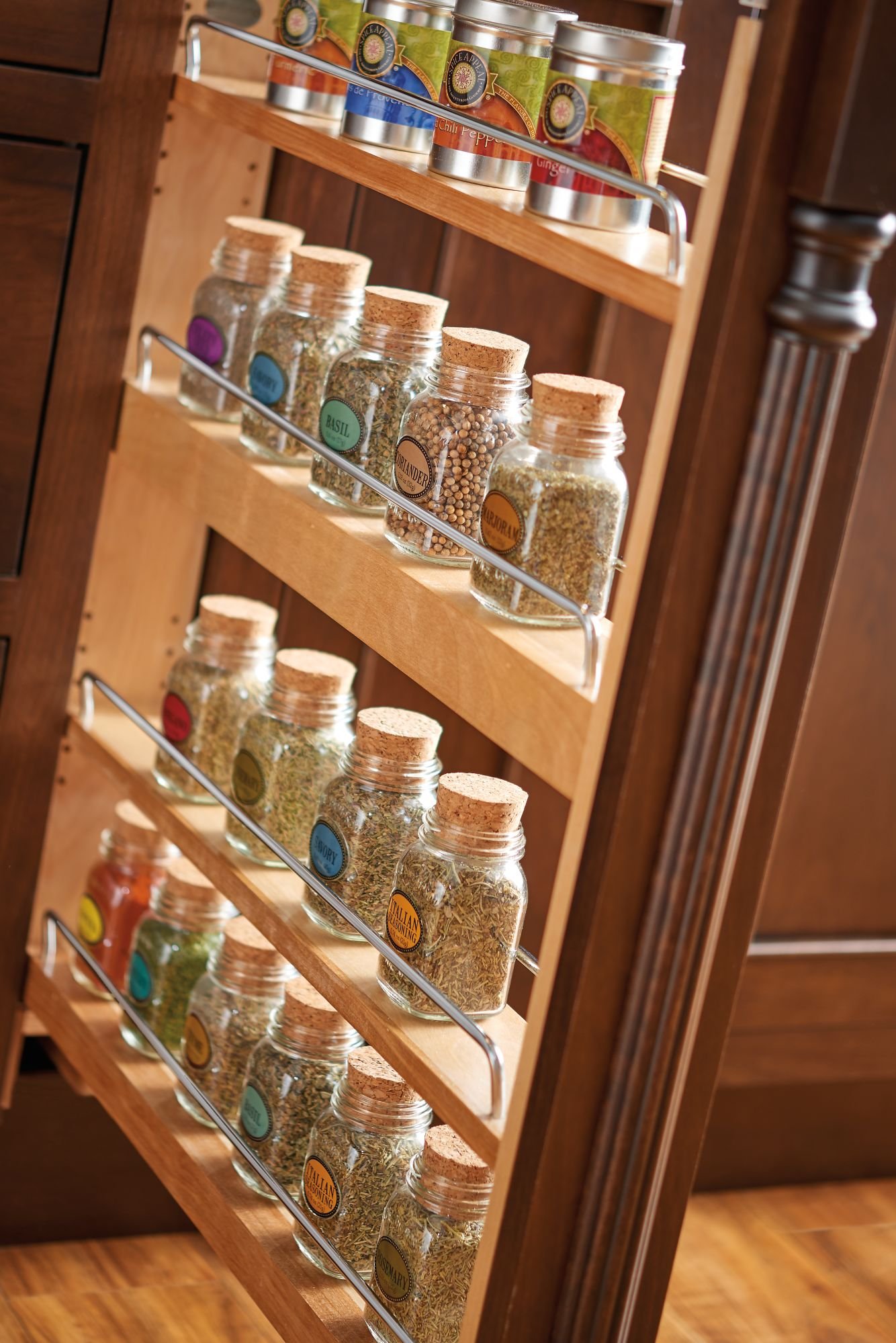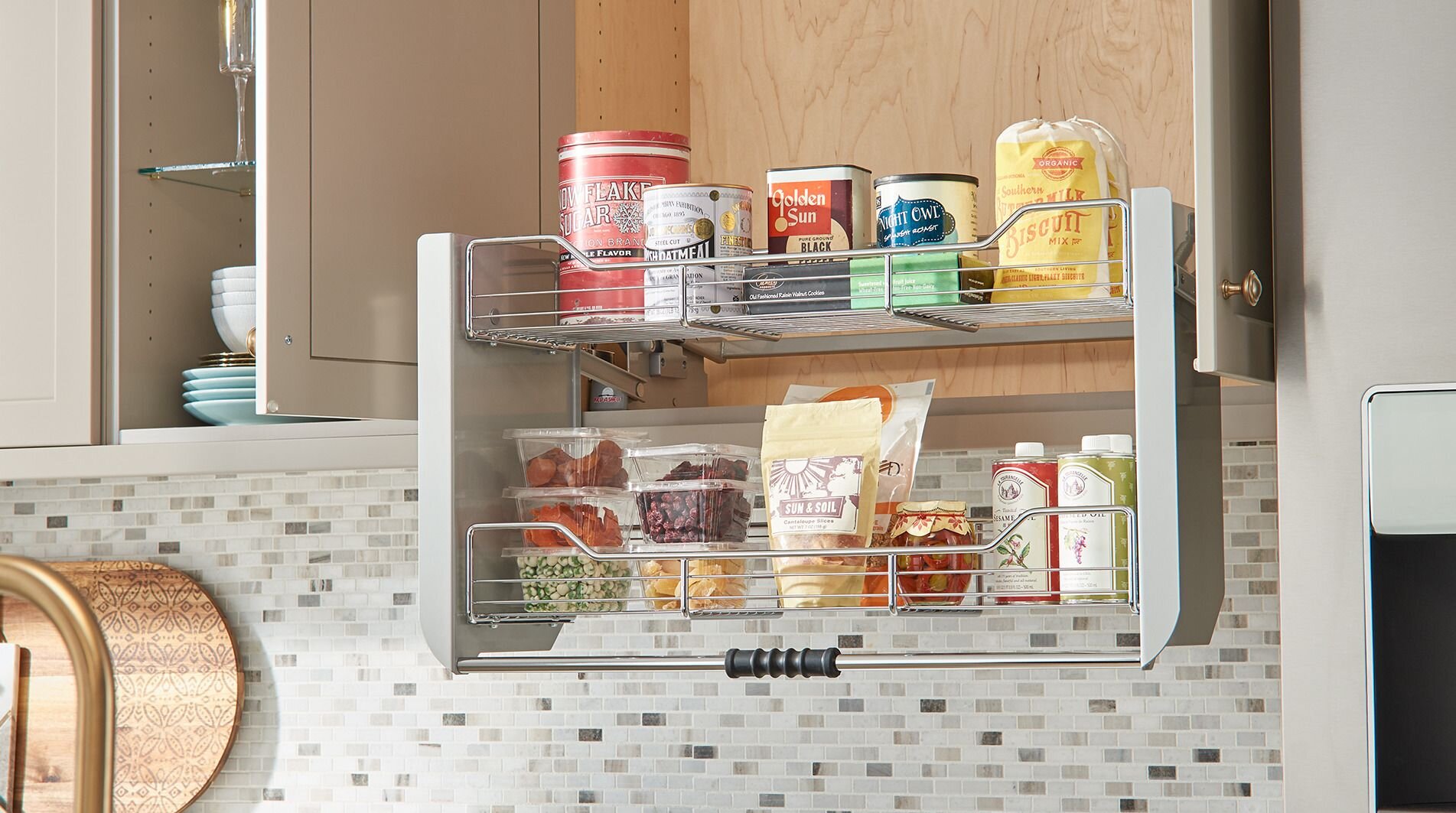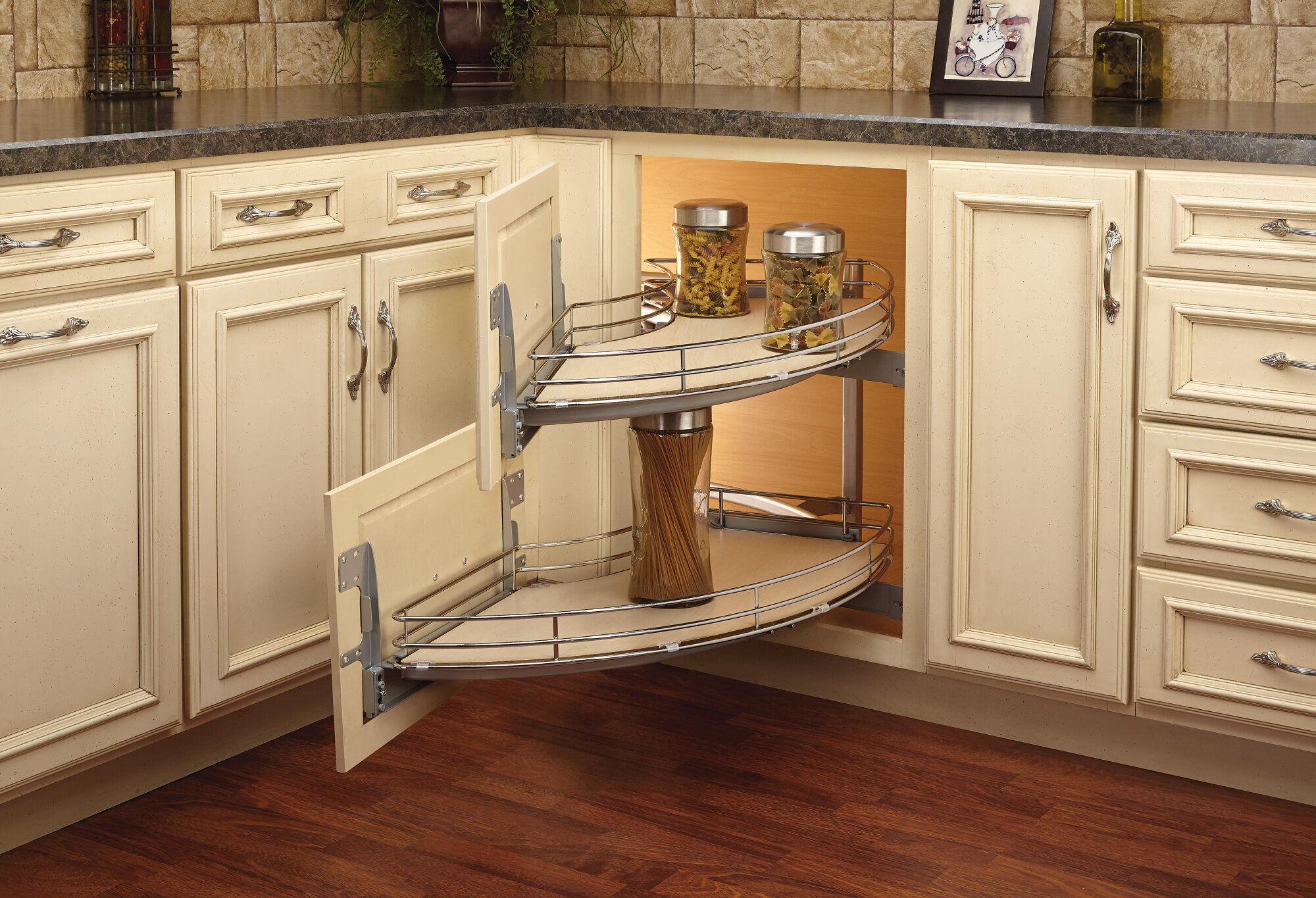As the two year anniversary of the fear, shutdowns, and uncertainty brought on by Covid-19 quickly approaches, let's take a look at the way it has changed our homes forever.
In March of 2020, the world was blindsided by the Covid-19 virus. Many “nonessential” personnel were instructed to stay home and isolate for two weeks at first, a noble attempt to “flatten the curve” and reduce the stress on our healthcare system. This short time frame stretched out into weeks and months for some, while others transitioned into completely remote work.
Image Credit: Time Magazine
It was a strange time, where many people got to step back from their busy day-to-day lives and enjoy more time with their families. People took this time to explore old hobbies, find new interests, and navigate the new territory of staying connected to loved ones virtually. All of this time spent within the confines of one’s space led many Americans to tackle the home improvement projects they had been putting off for all too long. Home improvement stores were faced with record breaking sales, bare shelves, and lines out of the door nationwide.
How have our homes changed since those days? In three main ways: cleanliness considerations, layout modifications, and technology advancements.
Cleanliness Considerations
Easy-to-clean surfaces are high on the list of importance for many consumers. Carpet is continuing to be phased out as hard floors take its place in many living areas and even bedrooms. Grout (especially in countertops) is becoming less and less desired because homeowners are not interested in the maintenance associated with it. Shower tiles are getting larger to reduce grout lines and traditional tile floors are being replaced by luxury vinyl and waterproof hardwood for easier cleaning. Traditional wood surfaces are being replaced all over the home with engineered alternatives without the texture that can trap dirt and bacteria.
Entryways and mudrooms are no longer an afterthought in the homebuilding process. Having a place where family members can drop their coats, shoes, bags, and the dirt and germs associated with all of their things is crucial in a pandemic environment.
Layout Modifications
Is the open-concept floor plan on its way out? It is hard to say for sure, but Americans seem pretty divided on the topic. While it has been the desired style for years, some feel it can make the space feel cold or not very homey. The open floor plan is great for entertaining and large families, but many families are choosing to have more defined areas to make virtual work and school easier instead of adapting these areas to serve as both living and study areas for the family.
The kitchen is still the heart of the home, and some would argue that it has been more important than ever in recent years. In a survey from October 2020 conducted by Kansas State, researchers found that “70% of U.S. households are now the central food preparation spot for 80% of meals. In 2019, the same survey found that to be the case in 30% of American homes”. Many people are experimenting with new ingredients, discovering new hobbies in the kitchen, and enjoying more family time. All of that extra time spent in the kitchen has made many Americans realize inefficiencies within that space, with almost one-quarter of U.S. homeowners hoping to renovate their kitchens in 2020.
Rev-A-Shelf® has hundreds of innovative, quality organization accessories for the kitchen, closet, and bath that make spaces more efficient and life easier for everyone. For example, a Spice Rack Pullout right next to the cooking surface makes preparation and cleanup a breeze when cooking dinner on a busy weeknight. The Cut Out Cutting Board drawer takes the mess out of preparing fresh produce: simply peel, slice, and dice and scrape the scraps into the pullout waste container below. A Compo+ Series Waste Container Pullout beneath your sink allows you to discard food scraps quickly as you load the dishwasher, and you have fresh compost for your plants!
While it might not be practical for most, some families are opting for more private areas for all family members, including a separate bedroom and bathroom. This is helpful to fully isolate the sick family member, while allowing the rest of the household to lower their risk of infection. Additionally, more private space is excellent for an “office” area, which might help some families lean towards the open floor plan discussed previously.
Another big consideration for the layout of homes post-Covid is outdoor living space. Many families spent more time grilling, gardening, and spending time together outdoors during the initial shutdown period, which has inspired many families to improve their outdoor spaces. In mild climates, there has even been a rise in indoor/outdoor living spaces.
Technology Advancements
Smarthomes were not born out of the Covid-19 Pandemic, but have been a big consideration for many people making upgrades to their living spaces over the last couple of years.
More cooking at home means a better, smarter kitchen is necessary. Voice-activated microwaves, touchscreen toasters, a range hood that can Facetime… the possibilities for technology to simplify life in the kitchen seem endless right now. Aside from these revolutionary, high-tech advancements, more simple products such as touch activated faucets and sensor trash cans are also important for reducing contact with germs in a post-pandemic home.
Wellness seems to be at the forefront of everyone’s minds, and that term is taking on a whole new meaning for many, from simply avoiding illness to living the longest, healthiest life possible. This new focus has manifested in different ways throughout the home, including better lighting/biophilic design, air purification systems, and home gym setups.
Closing Thoughts
As you can see, Covid-19 has changed the way we live and our homes are adapting to accommodate our new needs. We can all hope that we are nearing the end of the pandemic times, but it is hard to say for sure with new variants being detected and quarantine periods being required for many families. The changes we are seeing in home design are helpful for navigating the pandemic, but they would be just as functional and useful if Covid-19 never happened.


